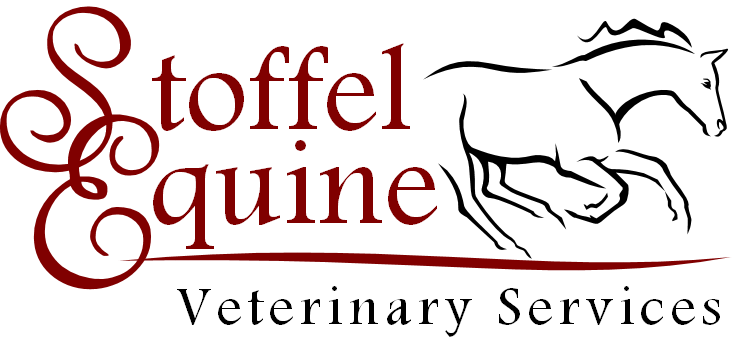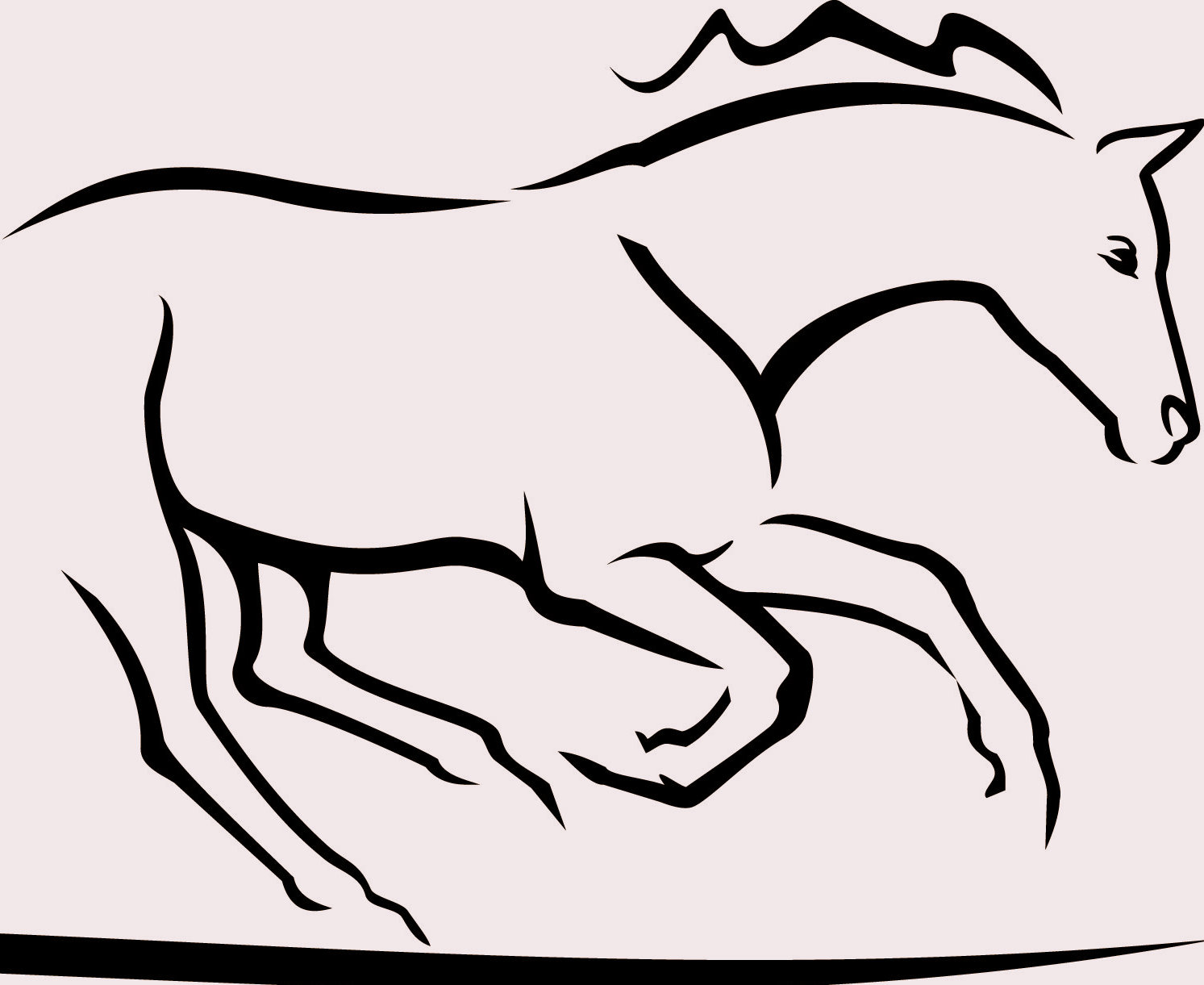
Managing a horse with chronic laminitis is hardly a one-man job. Both veterinarian and farrier expertise is required to rehabilitate and maintain these horses' feet for the best possible outcome.
"Successful management of these cases requires a 'whole horse' approach and is maximized by a co-operating veterinarian-farrier team," said R. Scott Pleasant, DVM, MS, Dipl. ACVS, director of the equine podiatry unit at Virginia-Maryland Regional College of Veterinary Medicine, in Blacksburg, Va. "It begins with mutual respect and understanding of each other's areas of expertise."
Pleasant described the veterinarian-farrier team's specific goals while at the 2013 International Equine Conference on Laminitis and Diseases of the Foot, held Nov. 1-3 in West Palm Beach, Fla. These goals include preventing recurrent bouts of laminitis and rehabilitating and maintaining the horse's feet.
The first step in preventing laminitis bouts, Pleasant said, is identifying the root cause(s). "It is the veterinarian's responsibility to recognize and address underlying risk factors for further laminitis events, such as obesity, insulin resistance/hyperinsulinemia, and pituitary pars intermedia dysfunction (equine Cushing's disease)," he said. "The veterinarian can assess these risk factors via body condition scoring (BCS) and endocrine testing."
Managing obesity through manipulating the horse's exercise and energy balance is key, Pleasant said. The veterinarian should continue to evaluate the horse's BCS regularly and insulin levels twice yearly and guide the owner's decisions regarding pasture access for that animal.
When rehabilitating and managing these horses' feet, the veterinarian and farrier should work together to perform regular physical and radiographic examinations as well as appropriate trimming and shoeing. "The exact techniques used should be a shared decision—there are many ways to skin a cat," Pleasant said. "These are generally dictated by the farrier's expertise and preference."
As the horse's rehabilitation progresses, he said the farrier can move toward are more standard 4- to 8-week trimming and shoeing period. The veterinarian can slowly wean off sequential radiographs (which will also save the owner money) and move toward once or twice yearly X rays
.
"The veterinarian and the farrier must work cooperatively; communication is essential, and the farrier should never hesitate to ask for help," Pleasant concluded.
He advised that horse owners can help facilitate a good veterinarian-farrier relationship by insisting that both individuals talk to each other about the case. "Preferably, they should meet to discuss the case prior to working on it to come up with a well-thought-out, agreed-upon plan and then meet to work on the case as often as need be," he said.


Other Articles
CT Scans Can Help Diagnose Stifle Lameness
Diagnosing And Treating Equine Neck And Back Pain
Fossil Evidence Of Laminitis In Ancient Horses
Hoof Anatomy: Outer Structures
Hoof Angles' Impact On Lameness Examined
Hoof Cracks: Types And
Treatment
Lameness Head To Foot: Lower
Limbs
MRI Diagnostics: Uses And Limitations
MRI To Evaluate Suspensory, Sesamoid Injuries
Physical Exam Of The Horse
Hoof
Prepurchase Exams: A Health Care Must

Dr. Krystyna Stoffel, D.V.M.
651.226.6862
Nick Stoffel,
Farrier
651.270.1044
13014 265th Street, Welch, MN
55089
Contact Stoffel Equine Veterinary Services
Request An Appointment
with
Stoffel Equine

Stoffel Equine is an ambulatory, equine exclusive veterinary practice focusing on lameness and performance issues.
We are dedicated to preventing, diagnosing and treating injuries and ailments of equine athletes. We provide customized services and care unique to your needs.
Stoffel Equine, brings the veterinary clinic to your front door, equipped with the latest equipment and technology. We diagnose and treat lameness problems on your farm with the portable, stall side, digital x-ray and ultrasound. This equipment provides immediate diagnosis of any abnormalities.
Our portable shockwave machine, also provides immediate treatment for soft tissue and some joint disease.
Our goal is to enhance your horse's quality of life.
Please contact us for more information, or to schedule
an appointment.
© Copyright 2011
Stoffel Veterinary Services